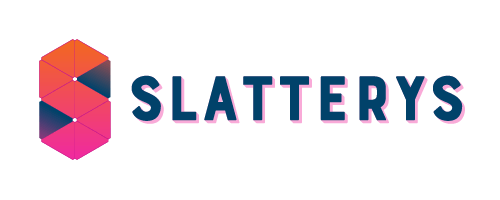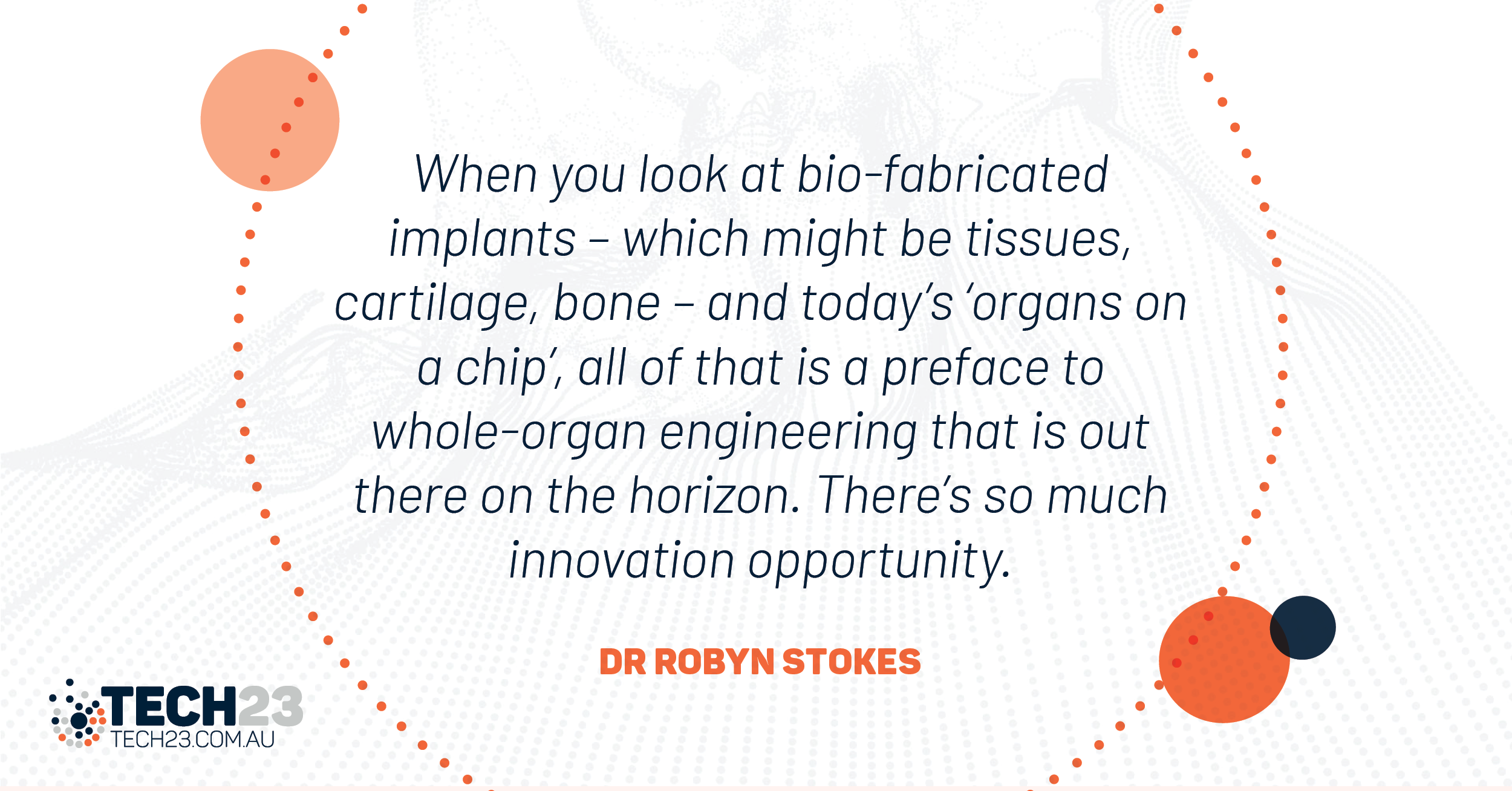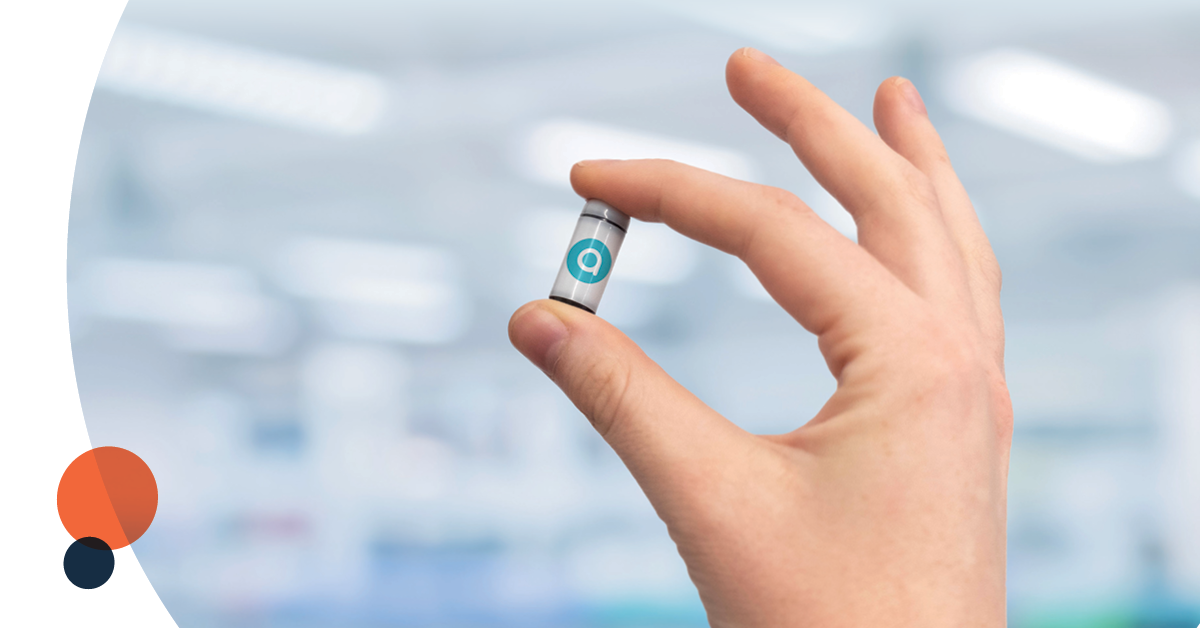By Dr Robyn Stokes
CEO Bionics Queensland
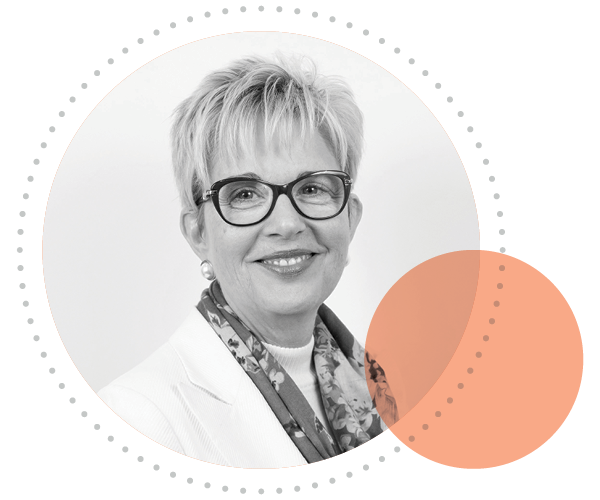
This article is an excerpt from the Tech23 2021 booklet Towards a Better Tomorrow.
As medtech innovation moves to centre stage, we’re now seeing a very exciting marriage between bionics and regenerative medicine. We’ve come from exo-bionics (‘add-ons’) of artificial organs and artificial limbs to the magic of auto-bionics where technology and biology are really starting to merge.
Bionics today spans interfaces with the body such as osseo-integrated or myoelectric limbs plus really exciting interventions or treatments. These range from neurobionic treatments such as deep brain stimulation and new ‘electroceuticals’ to treat inflammatory diseases to implants e.g. tissue-engineered or bio-robotic implants and organs.
When you look at bio-fabricated implants – which might be tissues, cartilage, bone – and today’s ‘organs on a chip’, all of that is a preface to whole-organ engineering that is out there on the horizon. There’s so much innovation opportunity. Neural enablement is the next level in mobility, bringing greater control over bionic limbs and devices.
Our job at Bionics Queensland is to track how far we have come across all areas of bionic innovation, whether it’s implantation, intervention or interfaces, to identify bionics deeptech projects that need further support. Sometimes they are going quite slowly because they exist more in the university and laboratory environments. We want to see many more startups and more of the brilliant work being done in universities fast-tracked to market – our job is to work with startups and teams at universities and hospitals to help make it happen.
Nigel Greenwood’s bionic pancreas is a great example of a university ‘spinout’ now at the clinical trial stage. He has an evolutionary form of AI, where two AIs battle it out to deliver a new level of precision for insulin dosage, particularly for brittle type 1 diabetes.
With Nigel’s innovation, we’re seeing a real integration of artificial intelligence, medical science and medtech devices coming together for greater precision.
In terms of mobility and neurotech, we’re seeing a range of techniques being explored. For example, there’s the Biospine Project at Griffith University on the Gold Coast. As part of Biospine, Dr Dinesh Palipana, the 2021 Queenslander of the Year who has a spinal cord injury caused by a road accident, is at the centre of new experimentation with spinal cord treatments right now.
It’s exciting when you start to uncover the work being done by clinical leaders and in universities. We’ve got lots of wonderful startups out there, now it’s about bringing the projects that are truly gamechanging out of the university environment far more quickly. We know there are so many steps to go through with clinical trials and $20-$25 million to take a device to market. Working collaboratively, continuing to grow a pipeline of bionic innovations, doing more manufacturing in Australia and celebrating and retaining commercially savvy startups is important. We should always confirm: whether you are taking this device out to different markets and continents, understand the market supply chains for new or improved products. In a nutshell, one should always look at that bigger picture… the global context!
Read the perspectives of innovators in our midst
This article is an excerpt from the Tech23 2021 booklet Towards a Better tomorrow.
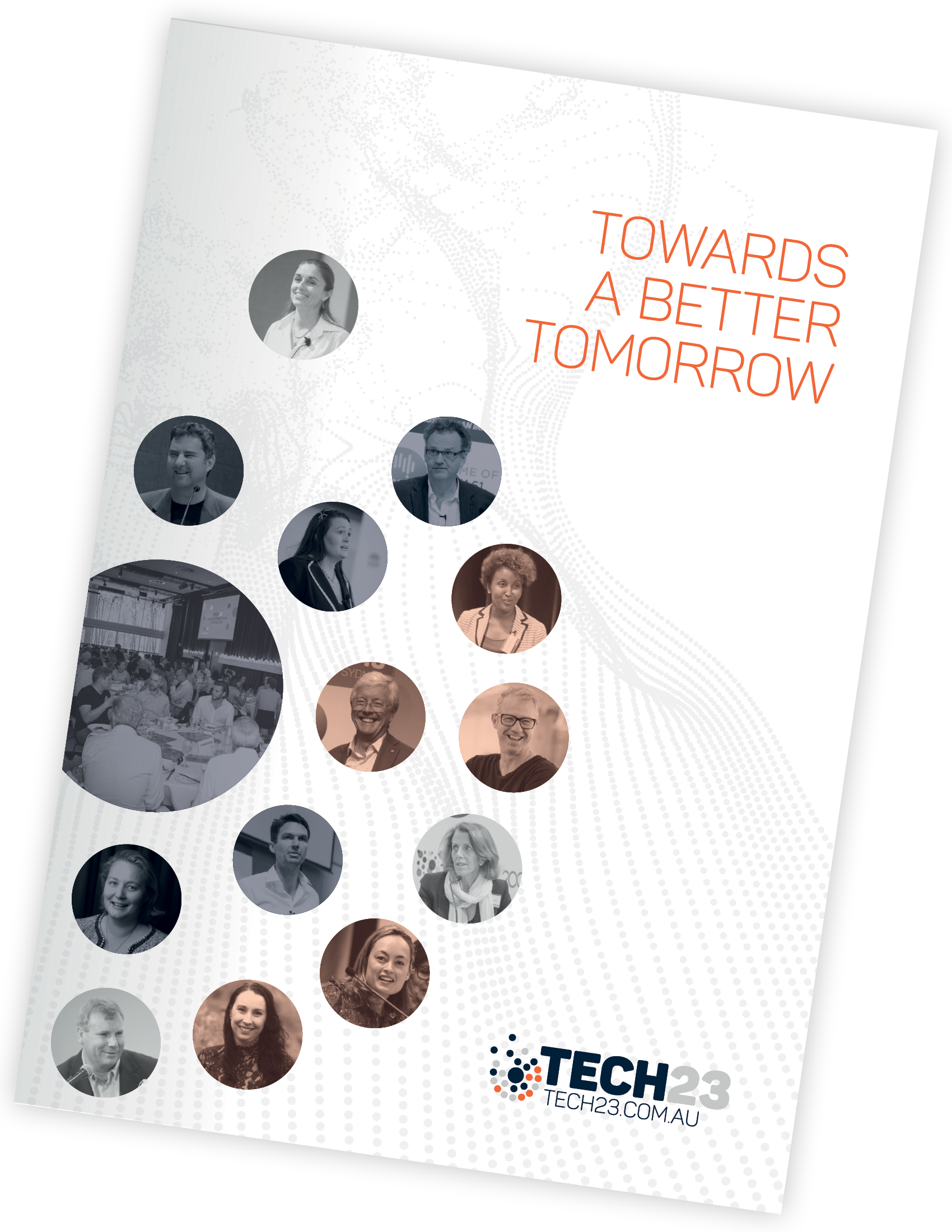
Read more…
Aussie deeptech companies celebrated at Tech23 2019!
We’re still buzzing from Australia’s national celebration of deeptech innovation that was held in Sydney last week on Wednesday 23 October!
Companies from across the nation shared how they are tackling big challenges with quantum computing, next generation robots, clever climate change solutions, inspiring healthtech and so much more.
Our future needs deeptech!
After eleven years of Tech23, people often ask what have we learnt over the years. The answer is lots! For example…
Australia’s future is deep!
Over ten years ago – when the GFC was looming and the Federal Government’s support for innovation was ‘under review’ –Tech23 was born. At the time, Cicada was the main game in town, Sydney Angels was just forming, and the University of Sydney’s Incubate and the University of Melbourne’s MAP were still a few years away from being established.
